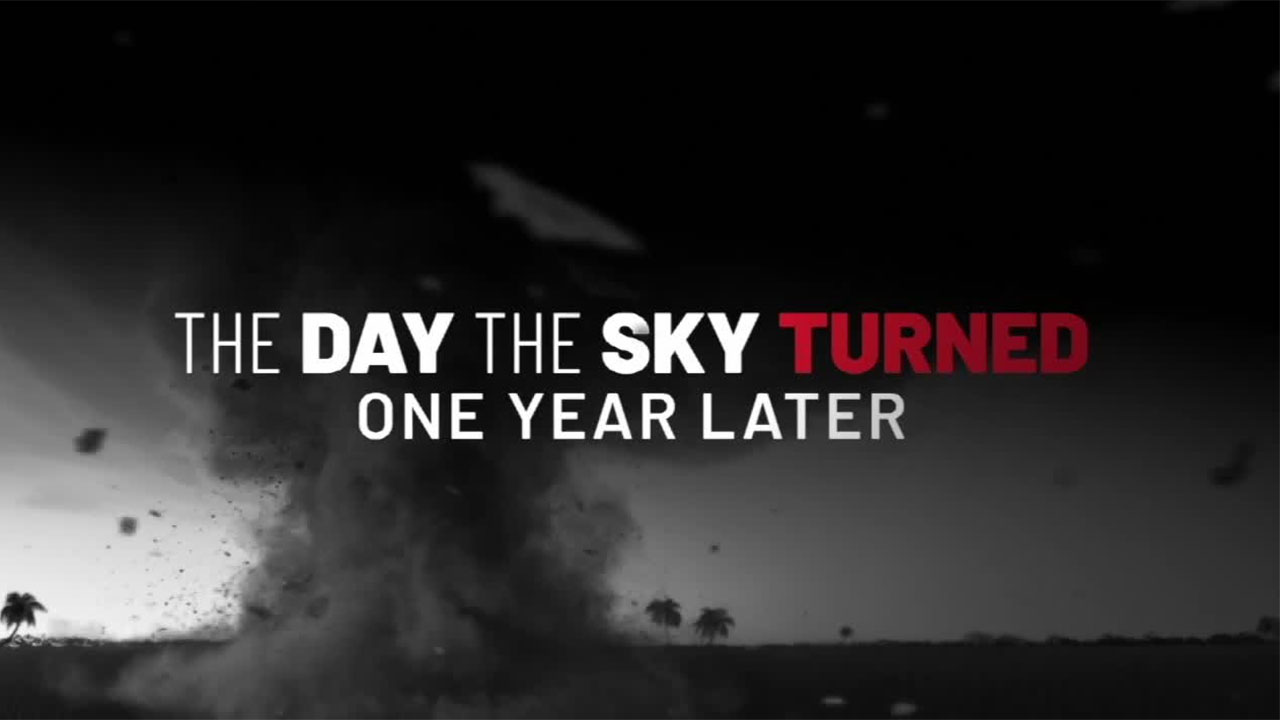WEST PALM BEACH, Fla. — The National Weather Service's two forecast offices that serve Palm Beach County and the Treasure Coast — Miami and Melbourne — have a combined 10 vacancies. However, the agency said it’s prepared to fill critical shifts to respond to any impending storms.
WPTV reporter Kate Hussey asked the NWS for a list of its vacancies to get a pulse on staffing during hurricane season after President Donald Trump administration's layoffs and early retirement offers this spring.
WATCH BELOW: Democrats, weather experts decry NOAA cuts
The NWS's Miami field office confirmed six vacancies of its 23 positions, including openings for three lead meteorologists, two meteorologists and an electronics technician.
The Melbourne field office confirmed four of its 23 positions are vacant, including openings for a lead meteorologist, meteorologist, electronics systems analyst and electronics technician.
The 10 vacancies represent a 21% vacancy rate.
For comparison, at the start of the 2024 hurricane season, the two offices had a combined four vacancies.
Brad Colman, who worked for the National Oceanic and Atmospheric Administration (NOAA) for 38 years and served as president of the American Meteorological Society (AMS), said the current openings are cause for concern.
"They get tired," Colman said. "Maybe they're sleeping in the office because they don't have enough staff. All that really wears down and ultimately cracks start showing."
Colman said he is particularly worried about the four vacant lead meteorologist positions.
"They’re really your most experienced," he said. "They're the ones who have likely gone through events in the past, and if you don't have that experience it just removes a little bit of the confidence that you'd want to have."
On Wednesday, U.S. House Democrats and former NOAA forecasters held a virtual press conference to sound the alarm on potential further cuts to NOAA proposed in Trump’s "One Big Beautiful Bill."
The administration has proposed pulling funding from for NOAA climate labs and research programs.
Dr. Frank Marks, former director at NOAA’s Atlantic Oceanographic and Meteorology Laboratory in Miami, advocated for keeping funds in place so that forecasters can more accurately predict the strength and intensity of storms.
Marks said that’s the information that helps alert local governments and the public ahead of hurricanes and other severe weather.
"It’s going to be more than manpower. It’s brainpower — brain matter," Marks said. "It’s really the people that make the research work more than the tools that we use."
As for the current vacancies at local NWS offices, WPTV reached out to the agency to learn if cuts by the Department of Government Efficiency (DOGE) played a role. While a spokesperson would not directly confirm, she said NWS leadership is working to fill gaps created by DOGE's early retirement program.
In the meantime, the NWS said its reassigning staff to offices with the most urgent need and will permanately hire "key mission-critical field positions" under an exception to the federal hiring freeze.
Colman said he is worried the help may not come before the next storm.
"Filling a vacancy in the [National] Weather Service is a slow process," he said.





